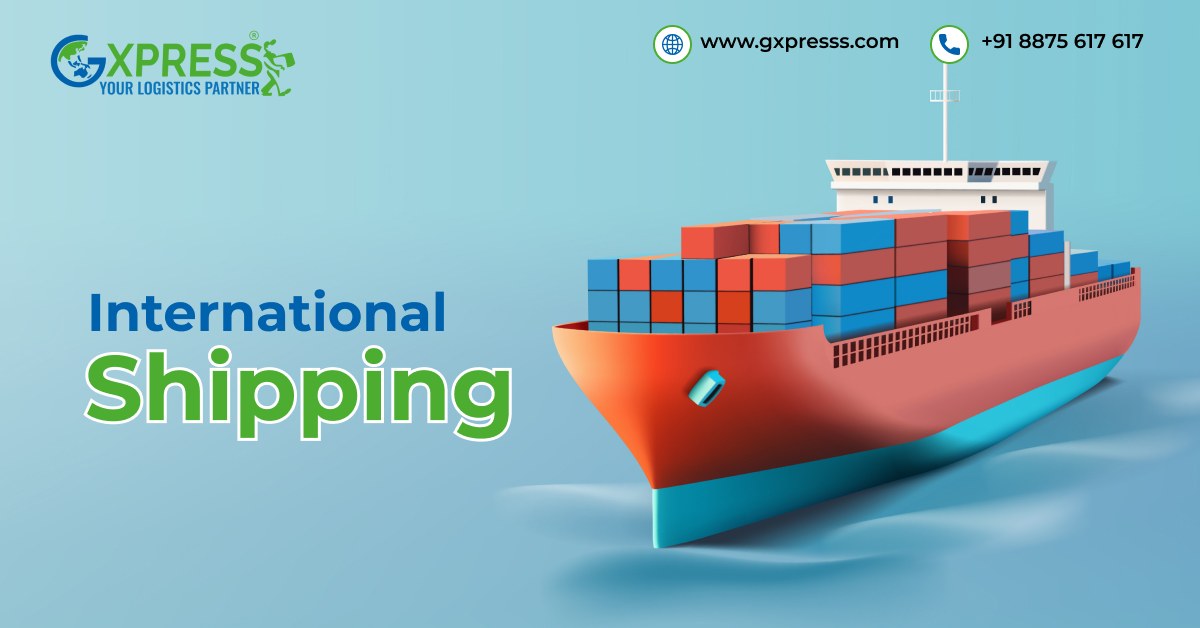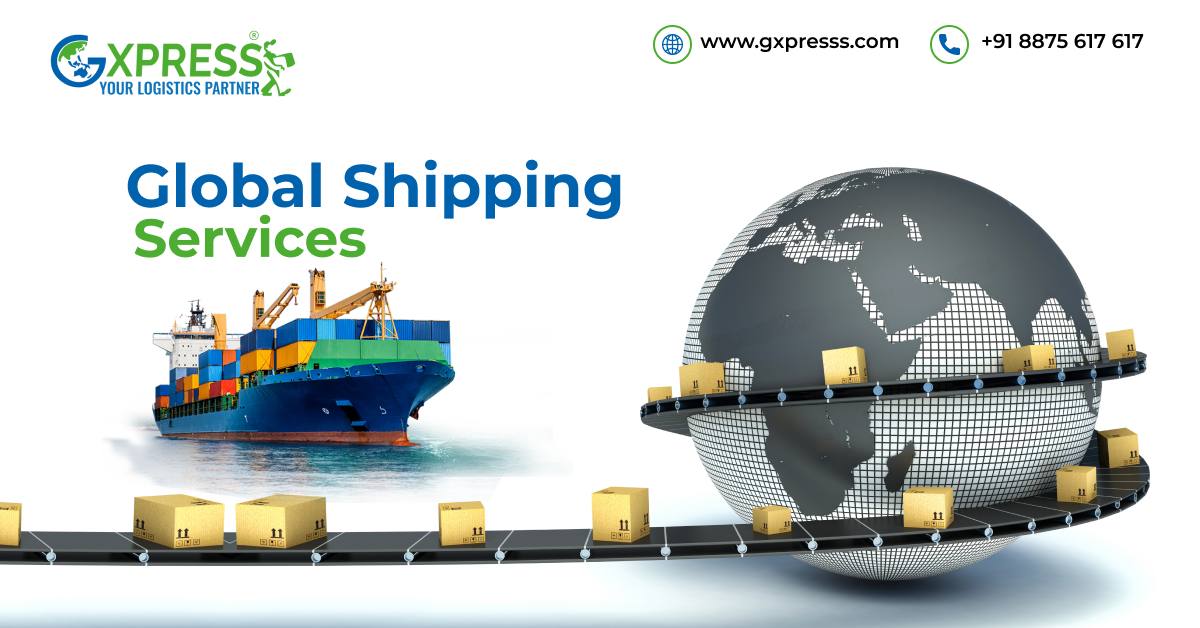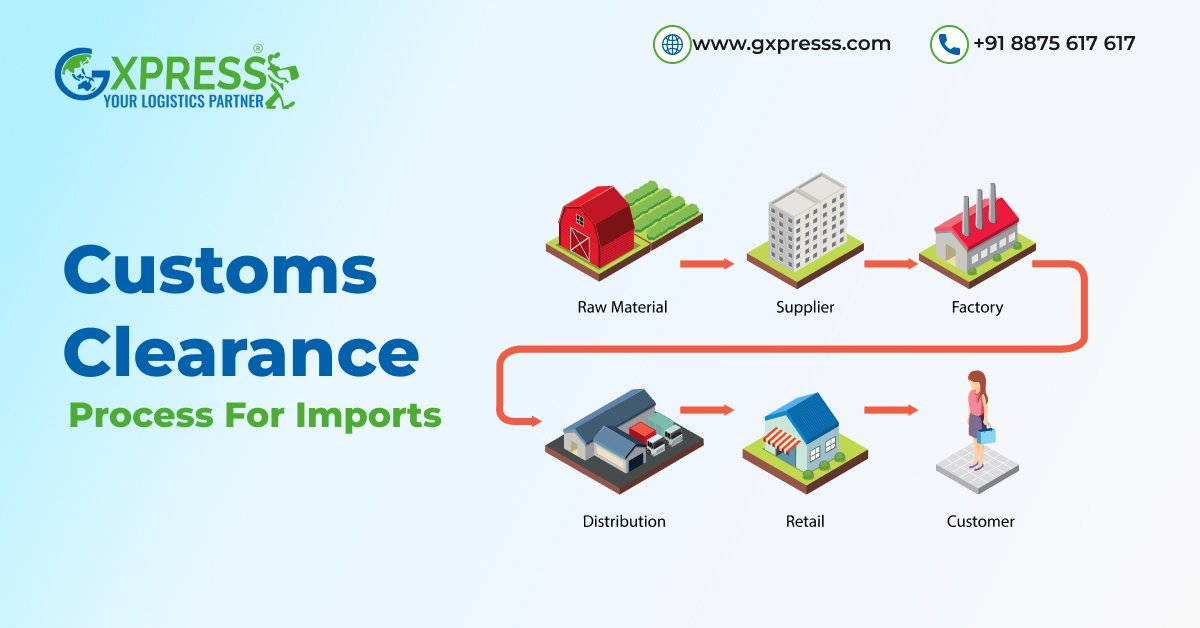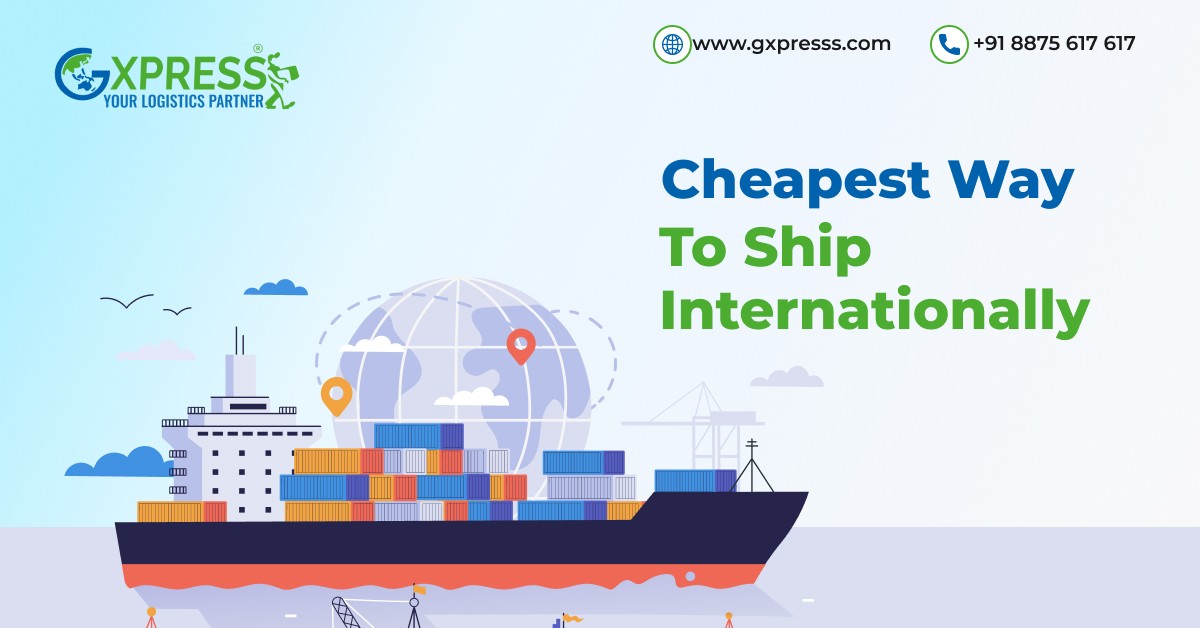July 2, 2025Freight8 min readBy Admin
Top 5 Challenges in International Shipping and How to Overcome Them

International shipping holds great hope and many traps. Think you're a small shop owner in Mumbai who just got your first big deal abroad: a load of made-by-hand clothes set for a small shop in Paris. You're full of joy, pride, and all set to make your mark worldwide. But then, problems pop up.
The freight rates shift overnight due to currency fluctuations. Customs asks for additional documentation you’ve never heard of. And when your shipment finally lands in France, it’s delayed by a local transport strike. No matter if you're a new small company or a long-time goods shipper, the hard bits of shipping over borders can scare you.
In this blog, we’ll unpack the top five challenges in international shipping and how to overcome them, plus a closer look at the common hurdles faced by Indian exporters. Let’s navigate the waters together.
Regulations of International Shipping
Before we get into the difficulties of international shipping, we need to know the rules of global trade. Each country has its own rules about buying and selling goods, caring for the environment, packing stuff, and what papers you need. On top of that, there are world agreements, like FOB (Free on Board) or CIF (Cost, Insurance, and Freight), and customs clearance, and all of this gets tricky very fast. That’s why good businesses see these rules as key, and not just an extra burden. They learn about the laws in the places they send to, work with trusted international shipping companies, and many get help from customs brokers to do the hard work. Now, let’s look at the top five big problems in international freight that can mess up your world supply line, and figure out how to deal with them.Top 5 Challenges in International Shipping and How to Overcome Them
Global shipping services face these challenges:Challenge #1: Currency Fluctuations
You quote a client $10,000 for a bulk order based on the current USD-INR exchange rate. But when you send out your bill, the value has changed, eating into your earnings — or worse, turning it into a loss. Solution:- Watch Rates Live: Use rate-watch tools or apps like XE or OANDA to keep up with ups and downs.
- Make Deals in Your Own Money: If you can, set your rates in your own money to cut risks.
- Go for Forward Deals: These financial tools fix rates early, keeping your profits safe.
- Change Prices Smartly: Add a safety pad or pick flexible pricing when you quote big jobs.
Challenge #2: Delays or Red Tape
Be it an unexpected customs check, a dock strike, or world issues, holdups often happen. An exporter ships clothing from India to the UK. Right before it gets there, customs wants a new paper that was not named before. The goods wait at the dock for many days, piling up costs and making the buyer mad. Solution:- Learn the Import Rules Early: Dig into the laws for bringing goods into the other country.
- Choose a Good Shipping Agent: A trained agent will check papers early and spot any issues.
- Always Plan Extra Time: Make sure your time plans are realistic and tell the buyers well.
Challenge #3: Damaged or Lost Shipments
A load of gadgets came to Dubai, but some got damaged on the way. This happened when they were moved again in Singapore. Solution:-
- Pack it well: Put breakable stuff in two boxes and use bubble wrap or smart packs that tell if they got hit.
- Mark it right: Show clear signs like "Fragile" or "This Side Up" on the boxes.
- Pick good shippers: Find out how good the shipping company is with overseas delivery of delicate items.
- Cargo Insurance: Always. It’s your safety net for both lost and damaged shipments.

Challenge #4: Complex Documentation and Compliance
An Indian seller lost a deal by not turning in a needed paper of origin. Solution:- Make a List: Every place needs its set of papers: sales bill, packing list, paper of origin, cargo bill, and more.
- Use Tech Help: Go for online tools that make trade files using ready layouts.
- Talk to a Trade Agent: Very helpful for new areas or big-worth sends.
- Keep Up to Date: Rules may shift often, so make sure to check again before you send.
Challenge #5: Maintaining Sustainability
You aim to draw in eco-aware customers in Europe, but your cross-border shipping methods that release a lot of carbon push them away. Solution:- Go for Green Fuels: A lot of carriers now use fuel with less sulphur or even biofuels.
- Pick Green Carriers: Search for firms known for earth-safe steps.
- Fill Containers Well: Cut down on trips by loading containers full.
- Make Up for Carbon: Work with groups that help figure out and fix your carbon footprint from shipping.
Biggest Problems Faced When Shipping From India
Indian exporters do well in the world market, but they face their own big problems too.- Not enough money to work with: Many small firms find it hard to pay for big orders because they get paid back too slowly.
- Loans cost a lot: In India, small to mid-sized firms get loans that cost more than the world average, which cuts down how well they can compete.
- Short loan times: This makes exporters rush to send goods and get money fast, which is not easy in world trade.
- More cost for insurance: Buyers from other lands often want more insurance for goods from India, saying they see more risk.
- Sign up for government help like MEIS or RoDTEP.
- Team up with shipping firms that give added insurance and handle documents.
- Look into ways to get money in advance for bills or use loan plans from the EXIM Bank of India.
Additional Tips for Making International Shipping Easier
- Track Live: Use GPS for international package tracking to see where your goods are and get updates.
- Use the Same SKUs and Tags: Stops mix-ups at customs and makes your stockroom work better.
- Know People at Customs: If you ship a lot, it helps to have a customs person you can call to fix issues fast.
- Send Less Often: Ship bigger loads but less often to save money and cut wait times.
- Check Every Time: Go over each shipment after it gets there to find mistakes or hold-ups and plan better for next time.
Conclusion
International Shipping can feel like riding wild waves: hard to guess and often a mess. But with a good map and the right tools, you'll make it to calm lands. Every challenge in worldwide shipping is a chance to get better and change. The more you learn about the field and make a strong plan, the easier your reach will be. For traders from India, using new tech, getting a reliable logistics service provider, and keeping up with world shifts are keys to doing well for a long time. So, when you next pack a box for London, New York, or Tokyo, you’ll be all set.Frequently Asked Questions
Q1. What is the biggest issue facing the shipping industry?
The main problems are issues in the supply chain caused by world tensions, busy ports, and events around the globe.Q2. What are the risks of international shipping?
Major dangers are money value changes, customs hold-ups, lost or damaged goods, breaking laws, and uncertain politics in the areas it passes through.Q3. What is the best method for international shipping?
Air and ocean freight are usually picked. Ocean freight is cheap for big loads, but air freight is quick yet costs more. For small packs, quick send methods are best.Q4. What is the best for international shipping?
A good logistics service provider is key. They make papers easy, keep to the rules, and help pick the best way to ship.Q5. Which shipping method is faster?
Plane shipping is the quickest way for sending goods overseas, usually taking 1–5 days based on where it goes.Q6. What are the problems faced by Indian shipping?
Indian sellers deal with high loan costs, limited access to funds, no port setup, and extra insurance needs due to how risky it seems.Share this article:



